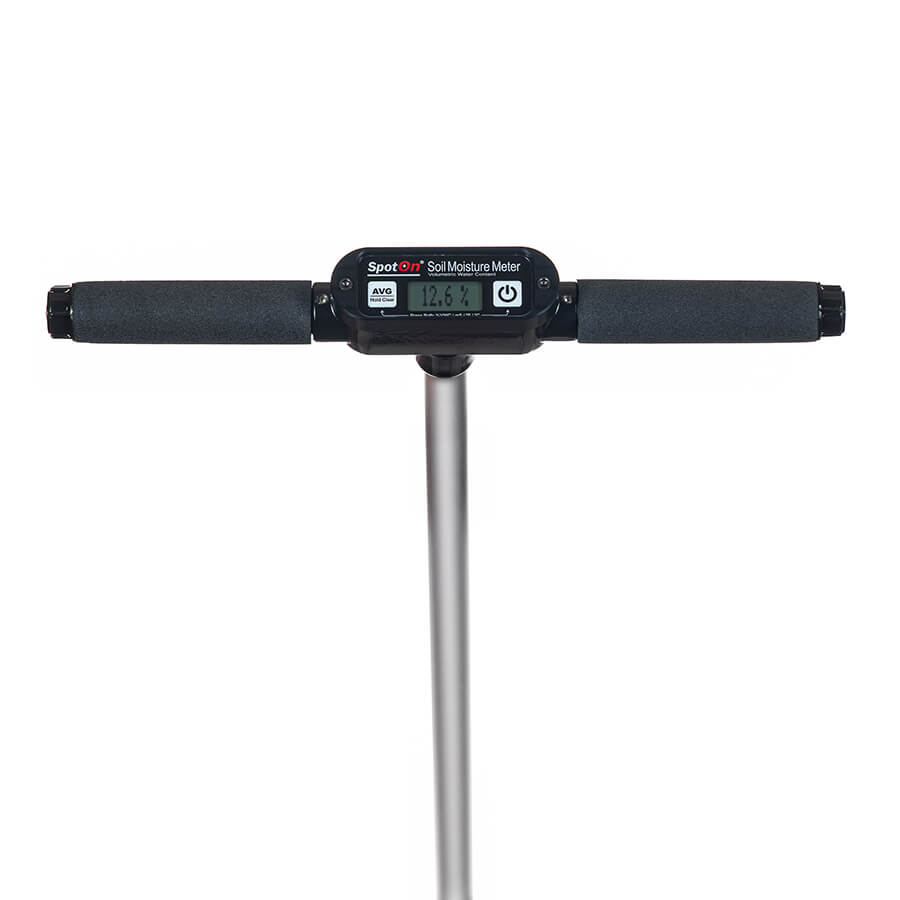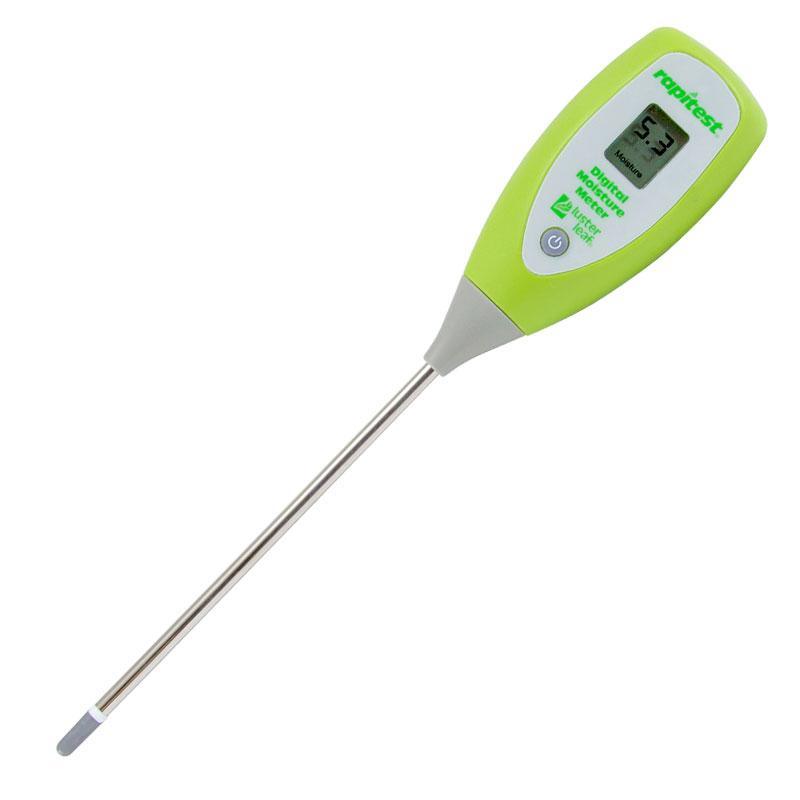How to Make Use Of a Moisture Meter to Identify Concealed Water Damages in Your Building
How to Make Use Of a Moisture Meter to Identify Concealed Water Damages in Your Building
Blog Article
The Ultimate Overview to Dampness Meters: A Comprehensive Review and Just How They Can Save You Cash
Dampness meters serve as vital tools in identifying and keeping an eye on moisture content in products, assisting in avoiding pricey damages and guaranteeing the top quality of products. Comprehending the subtleties of various types of moisture meters, their applications, and the prospective cost-saving advantages they provide can be a game-changer for services and specialists alike.
Sorts Of Moisture Meters
Various kinds of wetness meters are readily available for various applications in numerous sectors. One common kind is the pin-type wetness meter, which gauges the electric resistance in between 2 pins inserted into a material. This type appropriates for timber, drywall, and other building products. Pinless dampness meters, on the various other hand, usage electromagnetic sensor plates to scan a larger area without creating damages to the material's surface. Moisture Meter. These meters are optimal for promptly evaluating moisture levels in large areas such as floorings and walls.

Additionally, there are also specialized moisture meters made for details materials like soil, hay, or grain. These meters offer exact wetness readings customized to the unique homes of the product being checked. Infrared moisture meters gauge the thermal homes of a material to identify its moisture material non-invasively, making them useful for applications where pin or pinless meters might not be suitable. Recognizing the different kinds of wetness meters offered can aid markets choose one of the most proper tool for their details wetness measurement demands.

Benefits of Utilizing Dampness Meters
Moisture meters provide vital benefits in accurately assessing and monitoring moisture degrees in diverse materials and atmospheres. One of the main advantages of making use of wetness meters is the avoidance of potential damages triggered by excess dampness.
In addition, utilizing dampness meters can lead to enhanced energy efficiency. By recognizing locations with high dampness degrees, such as leaks or poor insulation, changes can be made to enhance energy conservation and lower utility prices. In agricultural setups, dampness meters play an important role in optimizing crop yields by allowing farmers to monitor dirt dampness levels and make educated irrigation choices. Overall, the advantages of using wetness meters cover across numerous markets, offering affordable options and advertising far better quality control techniques.
Just How to Select the Right Wetness Meter
Choosing the suitable moisture meter includes considering essential factors such as product compatibility, measurement array, and calibration accuracy. When selecting a wetness meter, it's important to make certain that the meter appropriates for the details material you will be testing. Different products have differing electrical residential or commercial properties that can impact wetness readings, so selecting a meter designed for your product is critical for accurate outcomes. Additionally, think about the dimension array of the wetness meter. Make sure that the meter can detect wetness degrees within the range needed for your applications. Calibration accuracy is one more navigate to this site critical factor to remember. Select a wetness meter with trustworthy calibration to make sure accurate and regular readings. Some meters might require regular calibration modifications, so comprehending the calibration process is crucial. By thoroughly reviewing these elements, you can choose a dampness meter that satisfies your demands and supplies accurate wetness measurements for your projects.
Proper Techniques for Wetness Meter Use

Cost Cost Savings Via Wetness Meter Applications
How can the tactical use of dampness meters browse this site lead to substantial expense savings throughout various industries? In the farming industry, moisture meters aid in identifying the optimal time for harvesting crops, avoiding over-drying or excess dampness that can impact the last item's top quality.
Likewise, in building and construction, dampness meters assist prevent pricey problems by spotting wetness degrees in structure products, such as timber or concrete, which can lead to structural concerns otherwise dealt with without delay. By recognizing problem areas beforehand, contractors can take rehabilitative steps to stay clear of substantial repairs or substitutes, inevitably conserving time and money.
Moreover, in the food handling sector, dampness meters are necessary for keeping an eye on product high quality and making certain compliance with safety guidelines. By properly gauging wetness material in foodstuff, manufacturers can stop perishing, preserve freshness, website link and reduce waste, resulting in significant price financial savings. On the whole, the tactical application of wetness meters is a beneficial investment that can result in considerable price reductions and enhanced efficiency throughout different industries.
Final Thought
In final thought, wetness meters are beneficial devices for gauging and identifying wetness degrees in numerous products. By making use of the best dampness meter and adhering to proper techniques, users can efficiently prevent pricey problems created by excess wetness.
Moisture meters serve as vital devices in spotting and checking moisture web content in materials, assisting in avoiding expensive damages and making sure the quality of products. Infrared wetness meters measure the thermal buildings of a product to determine its wetness web content non-invasively, making them helpful for applications where pin or pinless meters might not be ideal.Moisture meters offer very useful advantages in accurately analyzing and keeping track of moisture levels in diverse materials and settings. In farming settings, wetness meters play a critical duty in enhancing plant yields by enabling farmers to keep an eye on soil wetness degrees and make educated irrigation choices.In final thought, dampness meters are beneficial tools for determining and finding moisture degrees in various materials.
Report this page